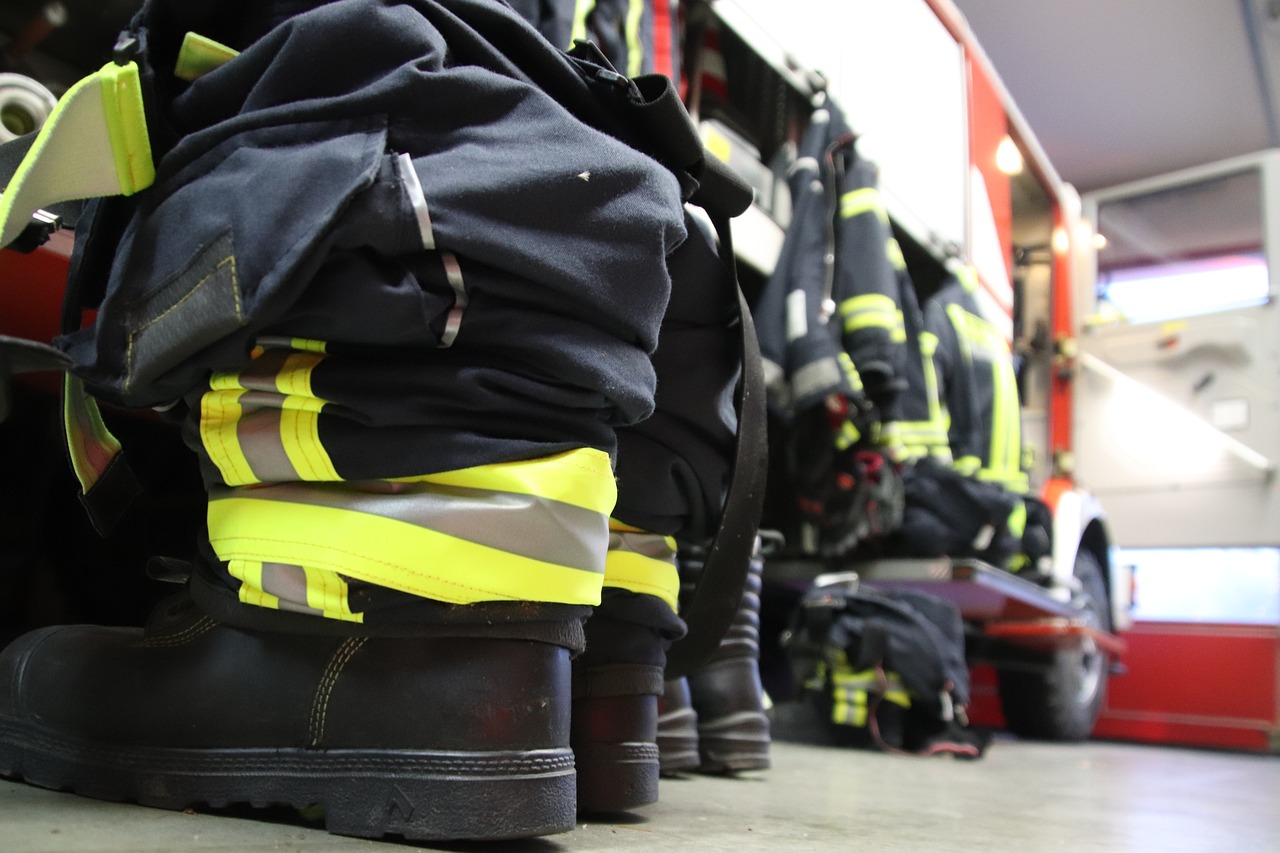Overlooking the importance of having a first aid kit in your incident command vehicle can have serious consequences in emergency situations. As a crucial component of any response vehicle, a fully stocked and well-maintained first aid kit is necessary to provide immediate medical assistance when needed. In this blog post, we will discuss the key items that should be included in your first aid kit, the importance of regularly checking and restocking supplies, and the potential lifesaving impact of having a well-equipped first aid kit in your incident command vehicle.
Understanding First Aid Kits
Basic Components of a First Aid Kit
One necessary aspect of preparing for emergencies is having a well-stocked first aid kit. Basic components of a first aid kit include bandages, adhesive tape, gauze pads, scissors, tweezers, antiseptic wipes, and gloves. These items are crucial for addressing minor injuries and cuts that may occur during incident response activities.
Specialized Equipment for Incident Response
Equipment for incident command vehicles should include specialized gear for handling emergency situations. For instance, having an automated external defibrillator (AED) can be lifesaving in cases of cardiac emergencies. Other specialized equipment may include emergency oxygen tanks, burn care supplies, and even a stretcher for transporting injured individuals. Being equipped with these tools can make a significant difference in the outcomes of emergency situations.
Integration of First Aid Kits in Incident Command Vehicles
Space and Storage Considerations
Even though incident command vehicles are often loaded with equipment and supplies, space and storage for a first aid kit should not be overlooked. It is vital to allocate a designated area within the vehicle that is easily accessible yet secure to prevent items from shifting during transportation or in the event of sudden movements.
Accessibility and Ease of Use During Emergencies
To ensure the effectiveness of a first aid kit in an incident command vehicle, convenient accessibility and ease of use during emergencies are critical factors. The kit should be stored in a location that is easily reachable by all personnel in the vehicle, ideally secured in a clearly marked compartment or container that is readily identifiable in high-stress situations.
Plus, regular checks and restocking of the first aid kit are vital to guarantee that all supplies are up-to-date and functioning correctly. This proactive approach can make a significant difference in the outcome of emergency situations where immediate medical assistance is required.
Training and Maintenance
First Responder Training for Using First Aid Kits
With the proper training, first responders can efficiently use the first aid kits in incident command vehicles. It is crucial for all team members to be well-versed in basic first aid procedures to provide immediate assistance in emergency situations.
Regular Maintenance and Restocking Procedures
For the incident command vehicle’s first aid kit to remain effective, regular maintenance and restocking procedures must be followed diligently. This includes checking expiration dates of medical supplies, replenishing items that have been used, and ensuring all equipment is in good working condition.
First and foremost, designate a responsible individual within the team to oversee the maintenance of the first aid kit. This person should conduct regular checks and create a schedule for restocking supplies to ensure that the kit is always ready for use.
Legal and Compliance Issues
Regulatory Requirements for First Aid Kits in Vehicles
The provision of first aid in incident command vehicles is subject to regulatory requirements to ensure the safety and well-being of personnel in emergency situations. The presence of a well-equipped first aid kit is often mandated by law to address potential injuries or medical emergencies that may arise during operations.
Liability and Responsibility in First Aid Provision
The responsibility for providing first aid in incident command vehicles falls on the organization or individual in charge of the vehicle. It is imperative to have trained personnel who are knowledgeable in administering first aid and managing medical emergencies. Failure to have a proper first aid kit or trained personnel can result in legal liabilities and potential harm to individuals in need of immediate medical assistance.
Responsibility also extends to ensuring the first aid kit is regularly checked, restocked, and complies with relevant regulations. In addition, maintaining records of first aid training for personnel can help mitigate risks and demonstrate a commitment to safety and compliance.
Conclusively
Having a first aid kit in your incident command vehicle is crucial to ensuring the safety and well-being of everyone involved in emergency situations. It is important to regularly check and replenish the supplies in the kit to make sure you are prepared for any unforeseen circumstances. Your quick response and access to medical supplies can make a significant difference in the outcome of an emergency situation. Make sure to prioritize safety and preparedness by having a well-stocked first aid kit in your incident command vehicle at all times.


